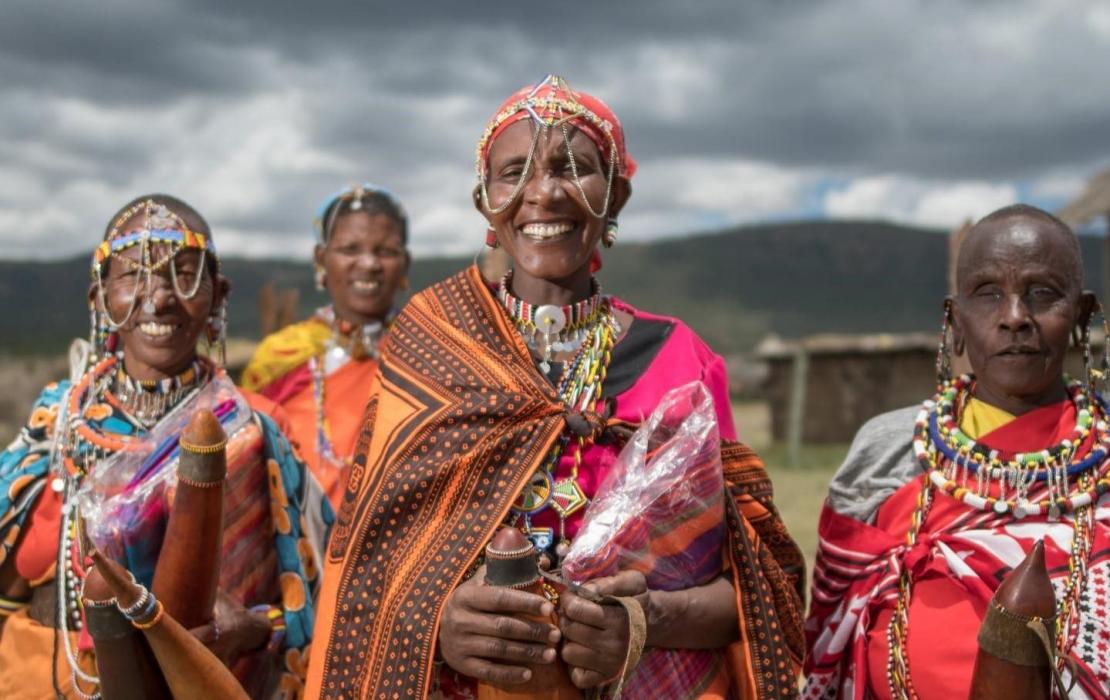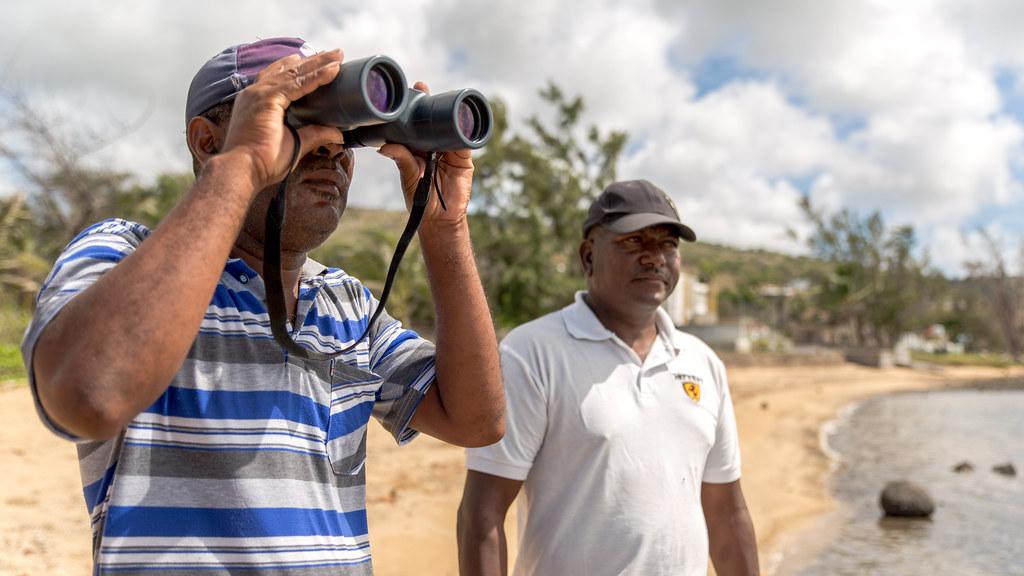
Photo: Stéphane Bellerose, UNDP Mauritius and Seychelles
In September, at the Africa Climate Summit in Nairobi, Kenya, President Ruto launched Kenya’s Long-Term Low-Emission Development Strategy (LT-LEDS), with the goal of steering Kenya toward a net-zero emissions future by 2050.
This is an important milestone for Kenya. But overall, Africa is lagging behind other regions. Only eight other African countries have submitted their LT-LEDS. Kenya’s recent submission brings the global total to 68 countries, but the majority of LT-LEDS have been developed by high- or middle-income nations.
One reason for this discrepancy is that developing LT-LEDS is very complex, requiring extensive data alongside an in-depth analysis and understanding of climate action in diverse socio-economic contexts. All this demands financial resources and human resources with specific capacities.
As a result, an increasing number of countries in Africa are seeking international support for this endeavor. In response to the NDC Partnership's thematic call aimed at helping countries develop and refine their LT-LEDS, close to half of the countries on the continent have already requested assistance.
To meet the capacity requirements in the region, UNDP and the Africa Global Climate Action Partnership (AGCAP) co-hosted the first ever regional workshop on LT-LEDS for Africa in Nairobi, Kenya, on the margins of the Africa Climate Summit and Africa Climate Week. The joint event was organized with technical support from the United Nations Framework Convention on Climate Change (UNFCCC), the International Renewable Energy Agency (IRENA), 2050 Pathways, and the NDC Partnership.
A total of 70 government representatives from 32 African countries gathered to share insights, learn from each other, explore the complexities of developing LT-LEDS, and form a new community of practice.
As we approach COP28, it is crucial to capture the spirit, lessons, and momentum generated by this event, and reflect on the insights that emerged to strengthen commitments and actions towards addressing climate change and reaching net zero in Africa and beyond.
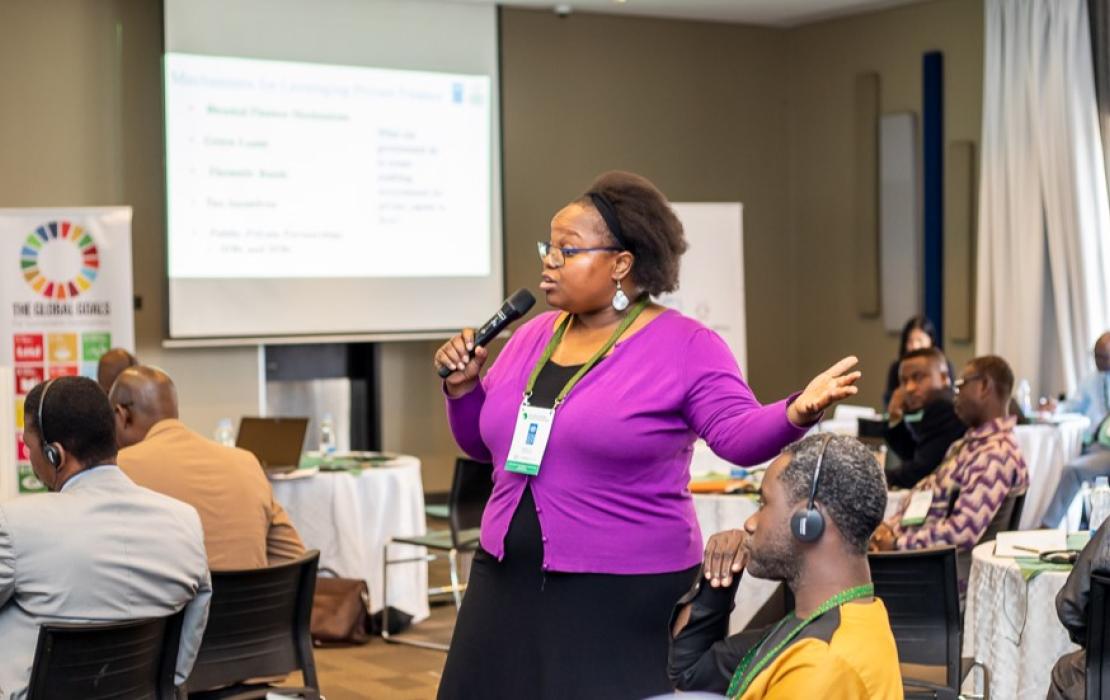
Photo: UNDP Kenya

Photo: UNDP Kenya
1. LT-LEDS can unlock vast social and economic benefits
In Africa, amid significant development needs and rapid economic growth, LT-LEDS serve a broader purpose beyond environmental benefits. They are pivotal in aligning economic and social development objectives with measures needed to keep global warming below 1.5°C. Indeed, all eight countries that have submitted their LT-LEDS to UNFCCC have integrated these strategies with national development plans and the Sustainable Development Goals (SDGs).
As countries are quantifying the socio-economic co-benefits of transitioning to net-zero emission pathways, they can observe the potential of LT-LEDS to stimulate economic growth and sustain livelihoods.
For instance, Ethiopia, the second most populous country in Africa and its fastest growing economy, conducted a comprehensive assessment which shows that by 2050, under a low-emission development scenario, the country’s gross domestic product (GDP) could potentially be a staggering 66 percent higher than in business-as-usual scenarios. This strategy could also lead to the creation of 865,400 green jobs annually until 2050. For the agricultural sector, the backbone of Ethiopia’s economy, the strategy could prevent the loss of 20 million tonnes of crops through climate adaptation actions and help save US$29 million annually in chemical fertilizer costs.
Zimbabwe has also measured the socio-economic impact of its LT-LEDS, taking a closer look at the job creation potential and found that investments in conservation and climate-smart agriculture could yield up to 30,000 jobs for every $1 million invested.
2. LT-LEDS must be designed through inclusive processes guided by strong political leadership
The anticipated positive effects of LT-LEDS are essential for garnering broader public and political support. In fact, designing LT-LEDS is a collective journey. It requires uniting different sectors of society and the economy, building consensus, and shaping a unified vision for a net-zero future. As such, the consensus-building process is as vital as the resulting strategy, as it establishes a platform for dialogue and ensures inclusivity.
In Kenya, the LT-LEDS was developed through extensive consultations with different groups, emphasizing a bottom-up approach and collective effort. Various domestic stakeholders came together to discuss and shape the country's path to a sustainable future, ensuring that the strategy isn’t just a vision on paper, but rooted in the realities and aspirations of the people it aims to serve.
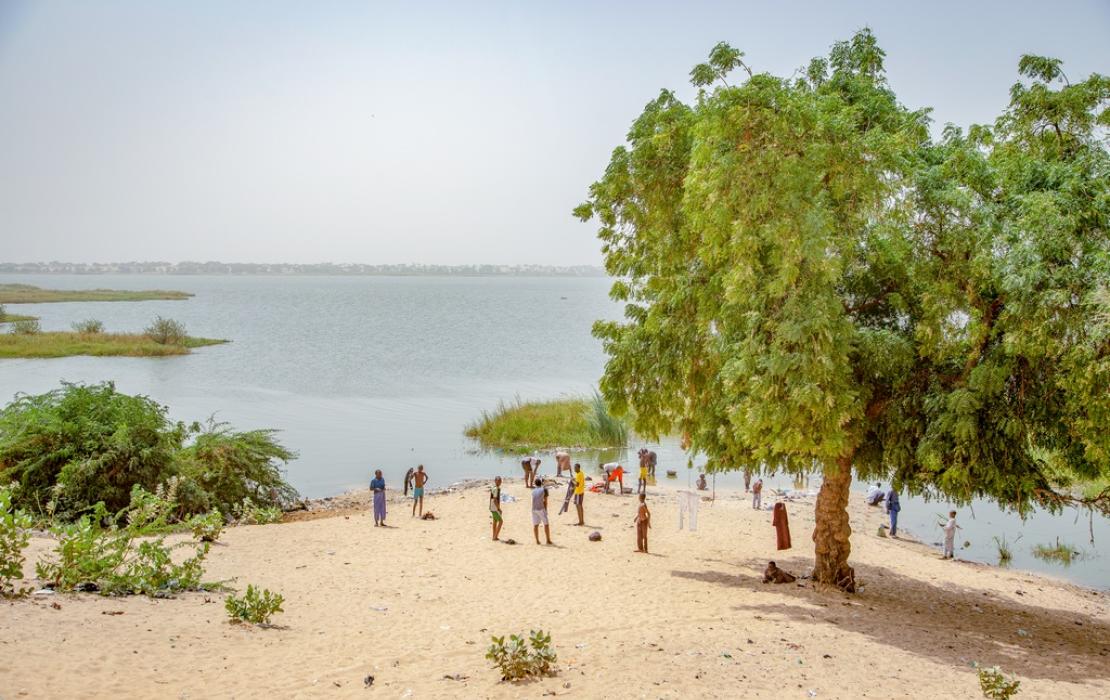
Photo: UNDP Chad
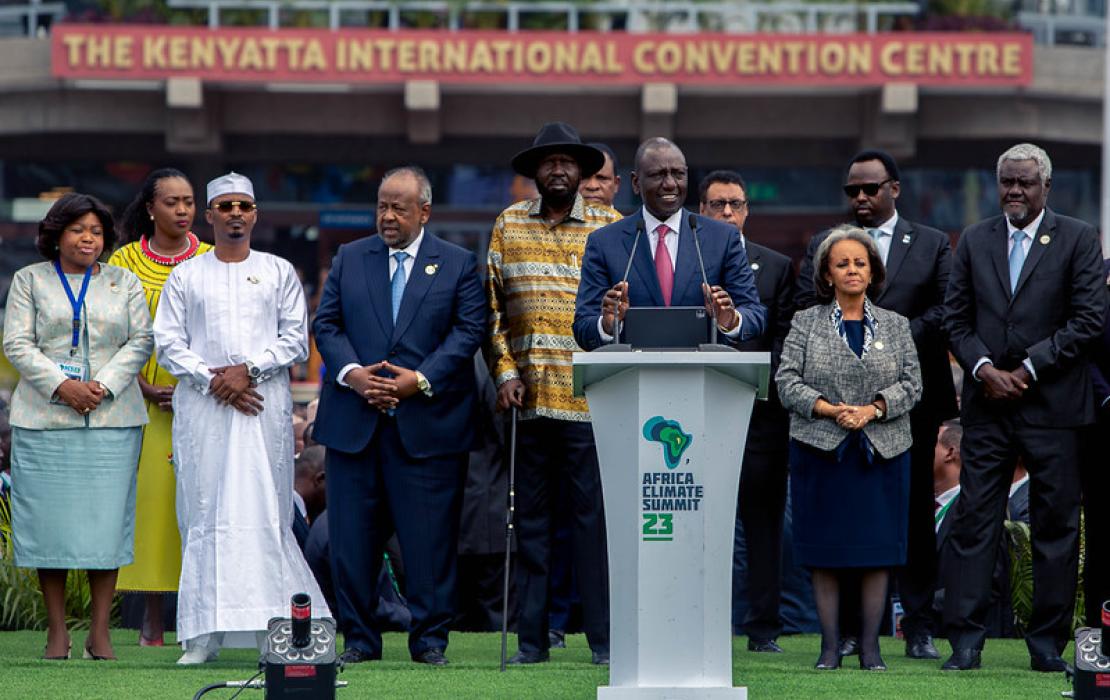
Photo: Naim Yussuf, UNEP
Political leadership played a pivotal role in propelling the process forward, with President Ruto making substantial commitments to attaining net-zero emissions at COP26, and formally unveiling the LT-LEDS during the 2023 Africa Climate Summit. This top-level political leadership was key in promoting collaboration across all ministries. Without it, it would have been difficult to shape a comprehensive strategy that spans the entire economy and aligns climate, development, and economic objectives.
3. Investments in data, technical, and financial capacity are key for successful LT-LEDS
Developing LT-LEDS goes far beyond a bureaucratic exercise and offers a path rich in opportunities. However, Africa faces formidable barriers in translating these strategies into tangible actions, including data inadequacies, limited technical capacity, and financial constraints.
For instance, Kenya and Ethiopia estimate the implementation cost of their LT-LEDS at $170 billion and $157 billion, respectively. To bridge the financing gaps and harness the benefits of the net-zero transition, international and private financing needs to be mobilized, including for efforts to enhance local technical and human capacities.
Considering that most African countries encounter similar financial and capacity needs, and in the absence of universal guidelines for formulating and implementing LT-LEDS, the experiences of the eight pioneering African countries are invaluable sources of insight and practical advice for their counterparts. A platform where African countries can share their experiences, challenges, and opportunities is crucial, as their combined knowledge can guide the development of LT-LEDS more effectively and help them capitalize on the five-year implementation cycles of their Nationally Determined Contributions to drive progress towards a net zero future.
UNDP is committed to supporting countries in their journeys to net zero. We are currently supporting 12 African countries with developing and implementing their LT-LEDS. Globally, a total of 27 countries, accounting for over two-thirds of all global requests received under the NDC Partnership's thematic call, are receiving support from UNDP. This commitment to the development of LT-LEDS is critical as they are vital tools for achieving long-term climate goals, promoting sustainable development, and fostering international cooperation in the fight against climate change.
Editor's Note: If you found this blog useful, check out our explainer on Long-Term Strategies.


